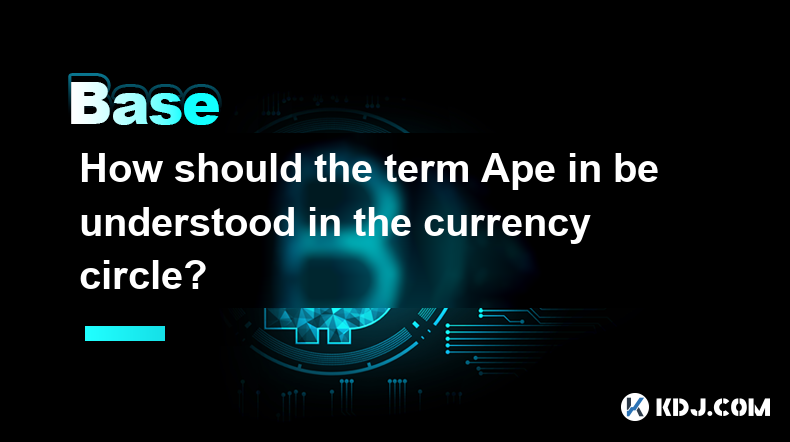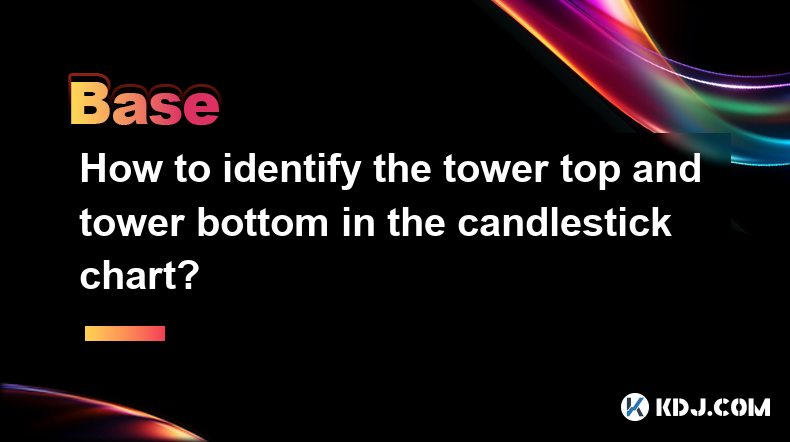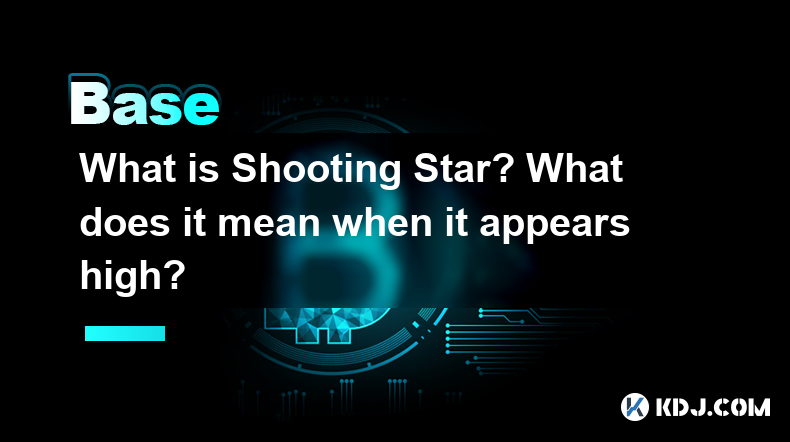-
 Bitcoin
Bitcoin $81,801.3998
-4.88% -
 Ethereum
Ethereum $1,783.4899
-5.99% -
 Tether USDt
Tether USDt $0.9995
0.00% -
 XRP
XRP $2.0414
-4.17% -
 BNB
BNB $587.6986
-2.45% -
 USDC
USDC $0.9999
0.03% -
 Solana
Solana $115.2385
-10.95% -
 Dogecoin
Dogecoin $0.1582
-8.40% -
 Cardano
Cardano $0.6402
-6.21% -
 TRON
TRON $0.2358
-0.95% -
 Toncoin
Toncoin $3.5762
-9.76% -
 UNUS SED LEO
UNUS SED LEO $9.3946
-0.30% -
 Chainlink
Chainlink $12.6270
-8.73% -
 Stellar
Stellar $0.2571
-4.44% -
 Avalanche
Avalanche $17.9106
-6.91% -
 Sui
Sui $2.2118
-10.25% -
 Shiba Inu
Shiba Inu $0.0...01214
-3.68% -
 Hedera
Hedera $0.1605
-7.04% -
 Polkadot
Polkadot $4.0102
-2.57% -
 Litecoin
Litecoin $82.1077
-4.40% -
 MANTRA
MANTRA $6.3939
-0.80% -
 Bitcoin Cash
Bitcoin Cash $293.5150
-4.57% -
 Dai
Dai $0.9998
0.02% -
 Bitget Token
Bitget Token $4.4590
-2.70% -
 Ethena USDe
Ethena USDe $0.9994
-0.05% -
 Pi
Pi $0.5769
-14.95% -
 Monero
Monero $209.6337
-5.00% -
 Hyperliquid
Hyperliquid $11.4631
-15.12% -
 Uniswap
Uniswap $5.7471
-7.46% -
 Aptos
Aptos $4.9953
-6.98%
How should the term Ape in be understood in the currency circle?
In crypto, "Ape" refers to enthusiasts deeply invested in projects like Dogecoin, driven by community and emotion, often ignoring fundamental analysis and risking significant losses.
Apr 01, 2025 at 10:21 pm

How Should the Term "Ape" Be Understood in the Cryptocurrency Circle?
Decoding the Crypto "Ape"
The term "Ape," within the cryptocurrency community, isn't a literal reference to primates. Instead, it's a slang term carrying significant weight and often complex connotations. It's primarily used to describe individuals deeply invested in, and highly enthusiastic about, a particular cryptocurrency project, often meme coins like Dogecoin or Shiba Inu. These individuals are often characterized by their unwavering belief in the project's future, regardless of market volatility or negative news.
Understanding the Ape Mentality
The "Ape" mentality is characterized by a strong sense of community and loyalty. Apes often band together, sharing information, supporting each other, and collectively pushing the price of their chosen cryptocurrency. This collective action can be a powerful force, driving significant price increases. However, it also makes them vulnerable to manipulation and potentially significant losses if the project fails. Their decisions are frequently driven by emotion and community sentiment rather than rigorous fundamental analysis.
The Origins of "Ape" in Crypto
The exact origins of the term "Ape" in the cryptocurrency world are somewhat unclear. It likely emerged from the online communities surrounding meme coins, particularly Dogecoin. The term's association with primates might stem from the often impulsive and sometimes irrational behavior exhibited by enthusiastic investors in these volatile markets. The image of a determined, unwavering ape perfectly encapsulates the dedication and sometimes blind faith exhibited by these individuals.
The Different Shades of "Ape"
While the term generally carries a positive connotation within its specific community, the level of "apeness" can vary. Some apes are highly informed, actively participating in community discussions and contributing to the project's development. Others are less informed, primarily driven by hype and FOMO (Fear Of Missing Out). This diversity within the "ape" community highlights the spectrum of involvement and understanding within cryptocurrency investment.
The Risks Associated with "Ape" Behavior
The unwavering loyalty and emotional investment associated with "aping" into a cryptocurrency can be risky. Apes often ignore fundamental analysis and red flags, focusing instead on community sentiment and price action. This can lead to significant financial losses if the project ultimately fails or experiences a sharp price correction. It's crucial to remember that cryptocurrency investments are inherently risky, and emotional decision-making can exacerbate those risks.
How to Identify an "Ape"
Identifying an "ape" isn't always straightforward. However, certain behaviors and characteristics can be indicative. These include:
- Unwavering belief in a project, regardless of negative news.
- Active participation in online communities dedicated to the project.
- A tendency to prioritize community sentiment over fundamental analysis.
- A high tolerance for risk and volatility.
- Frequent use of slang and memes associated with the project.
Understanding these characteristics can help you identify apes within online forums and social media groups.
The Positive Aspects of "Ape" Culture
Despite the risks, the "ape" culture also exhibits some positive aspects. The strong sense of community and collective support can be beneficial, fostering collaboration and information sharing. This collective action can indeed drive significant price increases and bring attention to innovative projects. However, it's crucial to approach this aspect with caution, recognizing the potential for manipulation and irrational exuberance.
"Apeing" and Market Manipulation
The collective actions of apes can be susceptible to manipulation. Pump-and-dump schemes often target ape communities, leveraging their enthusiasm to artificially inflate prices before dumping their holdings and causing significant losses for less informed participants. Awareness of these schemes is crucial for navigating the cryptocurrency market safely.
Beyond Meme Coins: The Broader Application of "Ape"
While the term "ape" is most strongly associated with meme coins, it can sometimes be applied more broadly to describe enthusiastic investors in other cryptocurrency projects. However, the core characteristics—unwavering loyalty, emotional investment, and a focus on community—remain consistent. The term's usage depends heavily on context and community norms.
The Future of "Ape" Culture
The future of "ape" culture within the cryptocurrency world is uncertain. As the market matures and regulatory scrutiny increases, the prevalence of impulsive, emotionally driven investment might decline. However, the underlying desire for community and collective action is likely to persist, potentially finding expression in new forms within the evolving cryptocurrency landscape.
Frequently Asked Questions
Q: Is being an "ape" always a bad thing?
A: Not necessarily. While the risks are significant, the strong community and collective action can be positive forces, particularly for projects with genuine potential. However, it's crucial to balance enthusiasm with critical thinking and risk management.
Q: How can I avoid being manipulated as an "ape"?
A: Conduct thorough research, diversify your portfolio, don't invest more than you can afford to lose, and critically evaluate information from online communities. Be wary of promises of guaranteed returns and hype-driven narratives.
Q: What is the difference between an "ape" and a regular cryptocurrency investor?
A: A regular investor typically prioritizes fundamental analysis, risk management, and diversification. Apes, on the other hand, often prioritize community sentiment and emotional investment, sometimes at the expense of sound financial practices.
Q: Can "ape" culture be beneficial to a cryptocurrency project?
A: Yes, the collective enthusiasm and marketing efforts of apes can significantly increase a project's visibility and adoption. However, this must be balanced with the risks associated with irrational exuberance and potential manipulation.
Q: Are all meme coin investors considered "apes"?
A: No. While many meme coin investors exhibit "ape" characteristics, not all do. Some engage in more reasoned investment strategies, even within the meme coin space. The term is a generalization, not a precise categorization.
Disclaimer:info@kdj.com
The information provided is not trading advice. kdj.com does not assume any responsibility for any investments made based on the information provided in this article. Cryptocurrencies are highly volatile and it is highly recommended that you invest with caution after thorough research!
If you believe that the content used on this website infringes your copyright, please contact us immediately (info@kdj.com) and we will delete it promptly.
- title: Bitcoin (BTC) Staring Primed to Move a Leg Up as Technical Indicators Remain Bullish: Analyst
- 2025-04-04 04:25:11
- The Truth Behind Crypto Presales – A Good Investment To Turn $300 Into Millions?
- 2025-04-04 04:25:11
- SUI Signals Bullish Reversal: Rally Expected if Price Closes Above This Key Level
- 2025-04-04 04:20:12
- Rexas Finance (RXS) Tokenizes Real-World Assets, Opening New Markets for Crypto Investors
- 2025-04-04 04:20:12
- 5 Crypto Projects That Are Quickly Gaining Attention This April
- 2025-04-04 04:15:11
- Ruvi AI (RUVI) Is Turning Heads as It Promises to Be the Game-Changing Platform for Decentralized AI and Blockchain Integration
- 2025-04-04 04:15:11
Related knowledge

Why is the oracle called the bridge between blockchain and the real world?
Apr 04,2025 at 04:00am
The concept of an oracle in the cryptocurrency and blockchain world is crucial for understanding how these decentralized systems interact with external data. The oracle is often referred to as the bridge between blockchain and the real world because it serves as a vital intermediary that fetches, verifies, and transmits off-chain data to the on-chain en...

What is a 51% attack? How can blockchain prevent it?
Apr 04,2025 at 02:08am
A 51% attack is a significant threat to the security and integrity of a blockchain network. In this type of attack, a single entity or group gains control of more than half of the network's mining power or hash rate. This control allows the attacker to manipulate the blockchain by double-spending coins, preventing the confirmation of new transactions, o...

Why can the inverted hammer shape appear at the bottom be used as a reversal signal?
Apr 03,2025 at 04:07pm
Inverted Hammer is a common K-line pattern in technical analysis, and is often regarded as a potential reversal signal when it appears at the bottom. This article will explore in detail why an inverted hammer line may be a reversal signal when it appears at the bottom, and provide specific identification and application methods. Basic characteristics of...

How to identify the tower top and tower bottom in the candlestick chart?
Apr 03,2025 at 04:03pm
In K-line chart analysis, 'Tower Top' and 'Tower Bottom' are two important reversal patterns and are usually used to predict changes in price trends. Identifying these patterns requires careful observation of the price trend and the pattern characteristics of the K-line. Below we will introduce in detail how to identify the 'tower to...

What is Shooting Star? What does it mean when it appears high?
Apr 03,2025 at 03:56pm
In cryptocurrency trading, technical analysis is an important tool to help traders predict future trends of the market. Among them, Shooting Star is a common bearish reversal pattern. This article will give you more details on what 'Shooting Star' is and what it means when it appears at a high level. The definition of 'Shooting Star'Shoo...

What is the difference between dark cloud cover and piercing shape?
Apr 03,2025 at 03:50pm
In the world of cryptocurrency trading, technical analysis is one of the important tools traders use to predict market trends and make trading decisions. Among them, 'Dark Cloud Cover' and 'Piercing Pattern' are two common reversal patterns, which have specific appearance and meaning on the K-line chart. Although they seem similar, there...

Why is the oracle called the bridge between blockchain and the real world?
Apr 04,2025 at 04:00am
The concept of an oracle in the cryptocurrency and blockchain world is crucial for understanding how these decentralized systems interact with external data. The oracle is often referred to as the bridge between blockchain and the real world because it serves as a vital intermediary that fetches, verifies, and transmits off-chain data to the on-chain en...

What is a 51% attack? How can blockchain prevent it?
Apr 04,2025 at 02:08am
A 51% attack is a significant threat to the security and integrity of a blockchain network. In this type of attack, a single entity or group gains control of more than half of the network's mining power or hash rate. This control allows the attacker to manipulate the blockchain by double-spending coins, preventing the confirmation of new transactions, o...

Why can the inverted hammer shape appear at the bottom be used as a reversal signal?
Apr 03,2025 at 04:07pm
Inverted Hammer is a common K-line pattern in technical analysis, and is often regarded as a potential reversal signal when it appears at the bottom. This article will explore in detail why an inverted hammer line may be a reversal signal when it appears at the bottom, and provide specific identification and application methods. Basic characteristics of...

How to identify the tower top and tower bottom in the candlestick chart?
Apr 03,2025 at 04:03pm
In K-line chart analysis, 'Tower Top' and 'Tower Bottom' are two important reversal patterns and are usually used to predict changes in price trends. Identifying these patterns requires careful observation of the price trend and the pattern characteristics of the K-line. Below we will introduce in detail how to identify the 'tower to...

What is Shooting Star? What does it mean when it appears high?
Apr 03,2025 at 03:56pm
In cryptocurrency trading, technical analysis is an important tool to help traders predict future trends of the market. Among them, Shooting Star is a common bearish reversal pattern. This article will give you more details on what 'Shooting Star' is and what it means when it appears at a high level. The definition of 'Shooting Star'Shoo...

What is the difference between dark cloud cover and piercing shape?
Apr 03,2025 at 03:50pm
In the world of cryptocurrency trading, technical analysis is one of the important tools traders use to predict market trends and make trading decisions. Among them, 'Dark Cloud Cover' and 'Piercing Pattern' are two common reversal patterns, which have specific appearance and meaning on the K-line chart. Although they seem similar, there...
See all articles






















































































